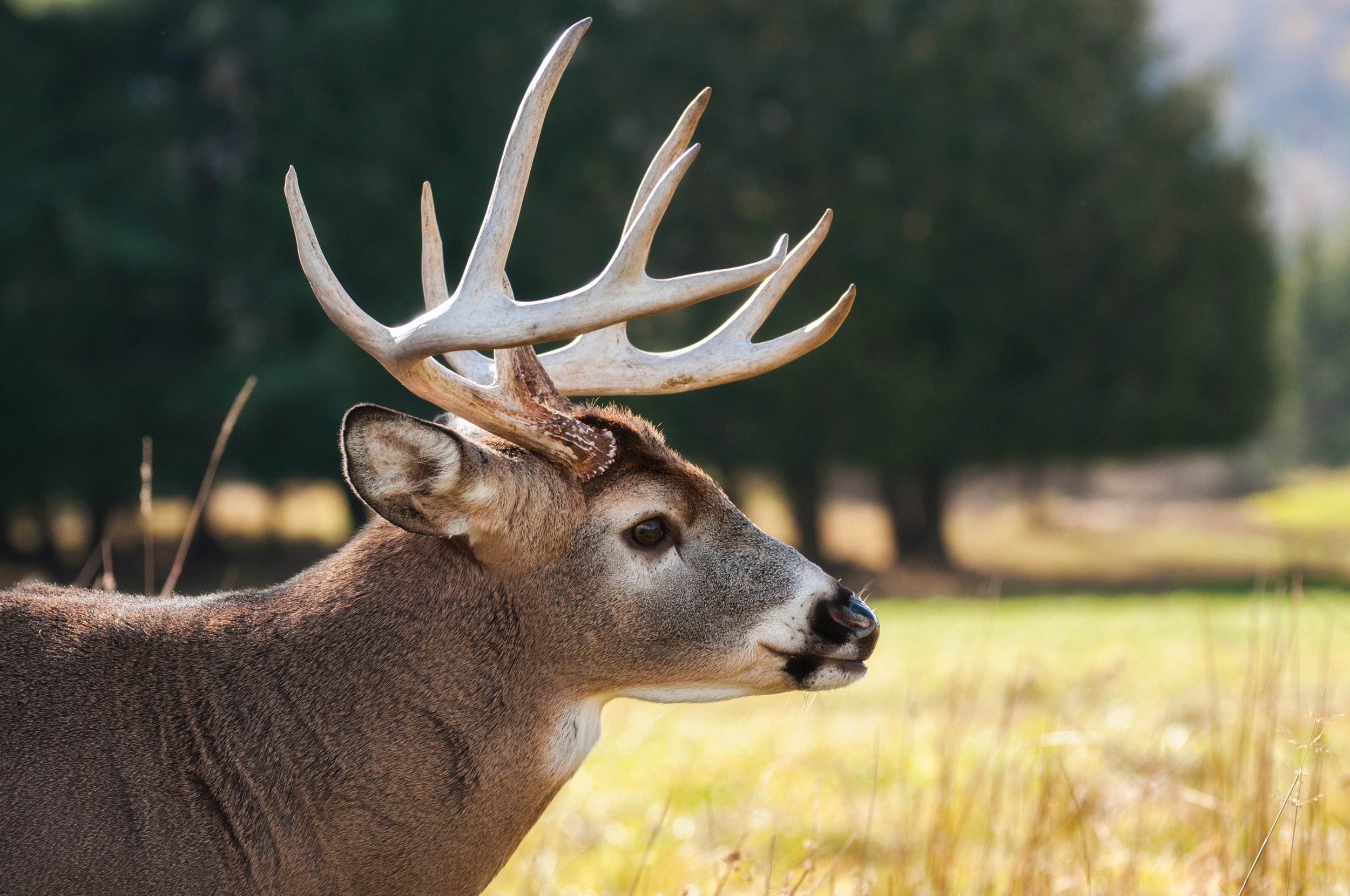Tips for Driving Defensively During Deer Season
Tips for Driving Defensively During Deer Season
Drivers across the country must take extra precautions on the road during deer mating season. Deer are more common in some parts of the country than others. They are often sighted near creeks, rivers, lakes and areas with trees. The likelihood of a collision with a deer during mating season is higher because all deer are more active then and wander onto roadways more often.
In 2016, the average national cost per claim following a collision with a deer was $3,995. This was a slight decrease from $4,135 the previous year. American drivers should contact their insurers to learn about comprehensive accident coverage, which typically includes collisions with deer and other wildlife. When an accident occurs, it is important to follow these tips:
Contact the insurance agent immediately to start the claims process.
When unsure if the deer is dead, keep a safe distance at all times to avoid injuries from its sharp hooves.
If an injured or dead deer is blocking the road, call 911 or a local law enforcement office immediately.
Keep in mind that comprehensive insurance is purchased separately from liability coverage. Regular collision coverage that is part of liability insurance will not cover damages from colliding with a deer. When driving during deer mating season, always wear a safety belt. Remain alert, and watch for deer especially in wooded areas and near bodies of water. Use high beams whenever possible on remote highways at night. Since deer have reflective parts in their eyes, the high beams illuminate them clearly.
Deer accidents are common at dusk when visibility is poor and deer are typically more active. Although deer whistles and deer fences help minimize risks, they will not prevent accidents completely. The best defense is careful driving practices. Always brake firmly when there is a deer in the road ahead. Do not swerve into another lane. Many accidents are caused when people swerve into oncoming or same-direction traffic. Keep in mind that seeing one deer usually indicates that there are more nearby. When braking and stopping, wait for the deer to cross the road. Do not try to go around the deer or honk. These fast animals run erratically and can still pose a major collision hazard until they are out of sight.
Always keep an agent's number as a saved cell phone contact. It is best to report an accident immediately after it happens. To learn more about adding coverage for deer collisions or to review existing coverage, discuss your concerns with an agent.


